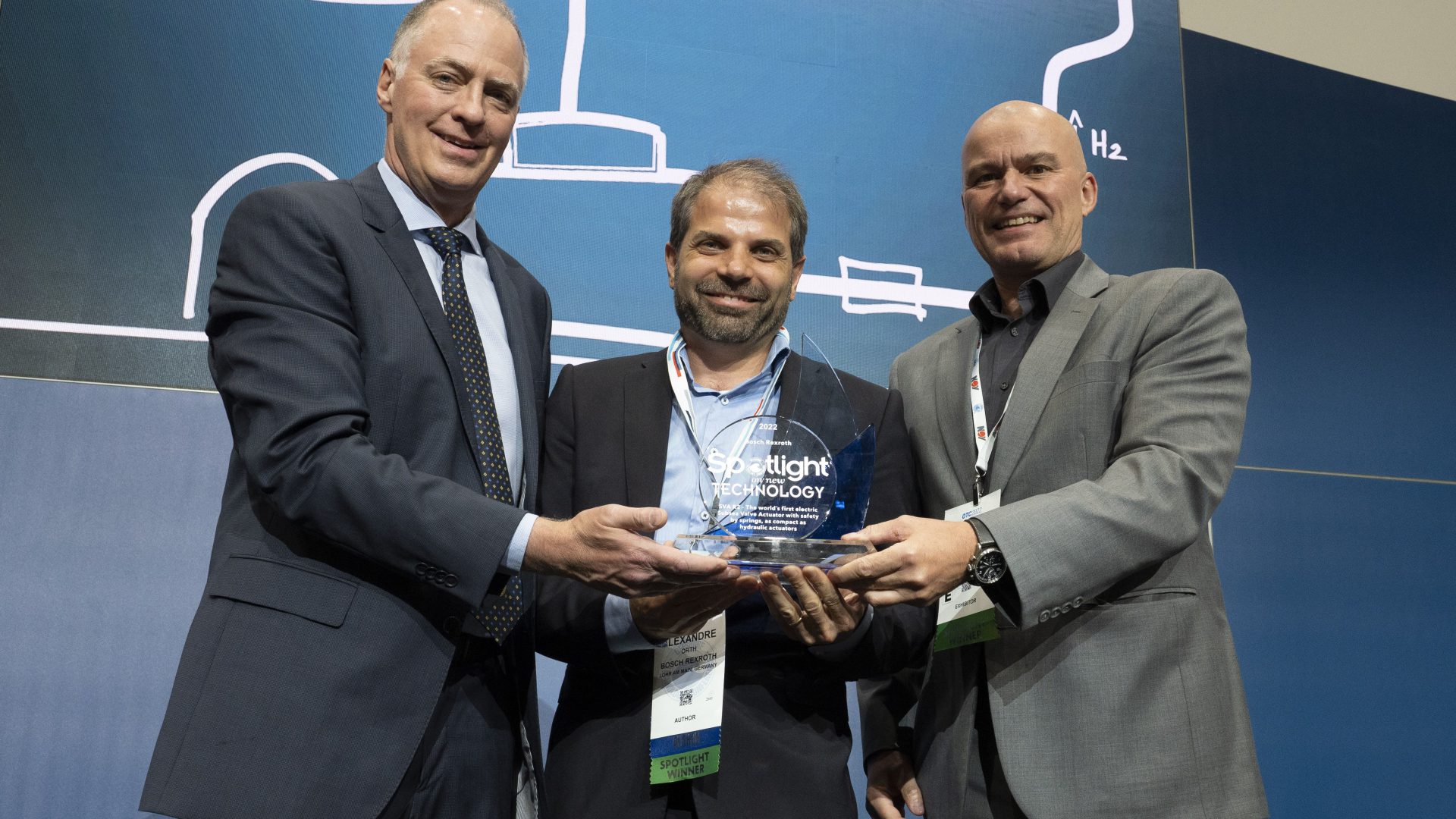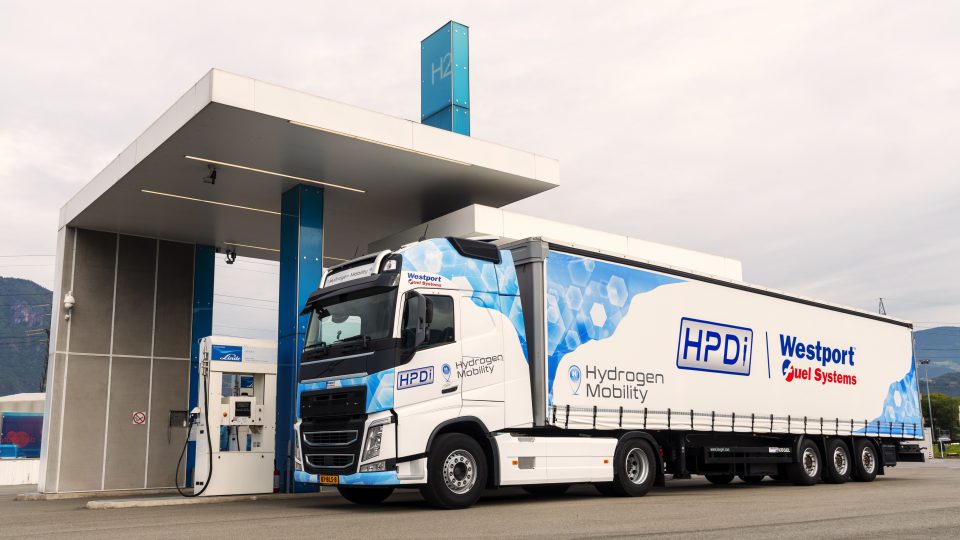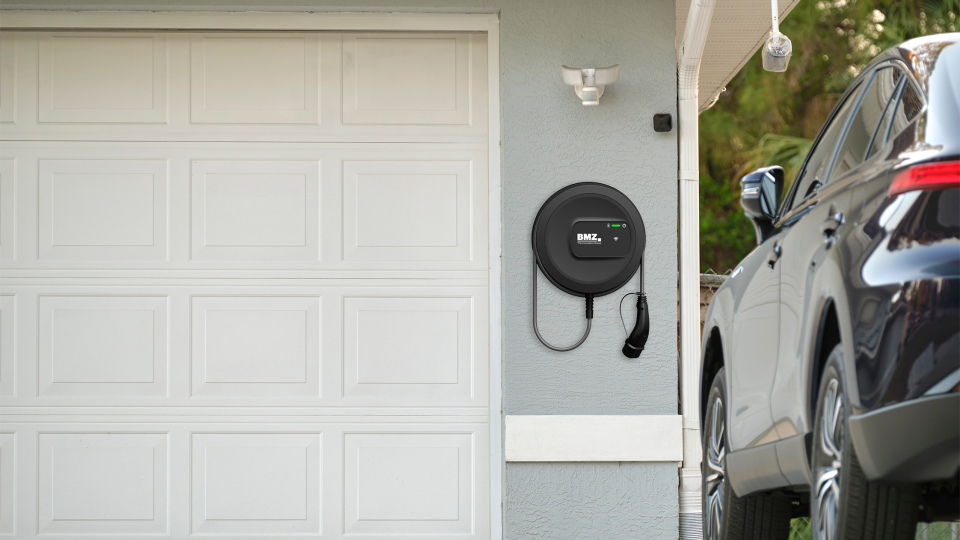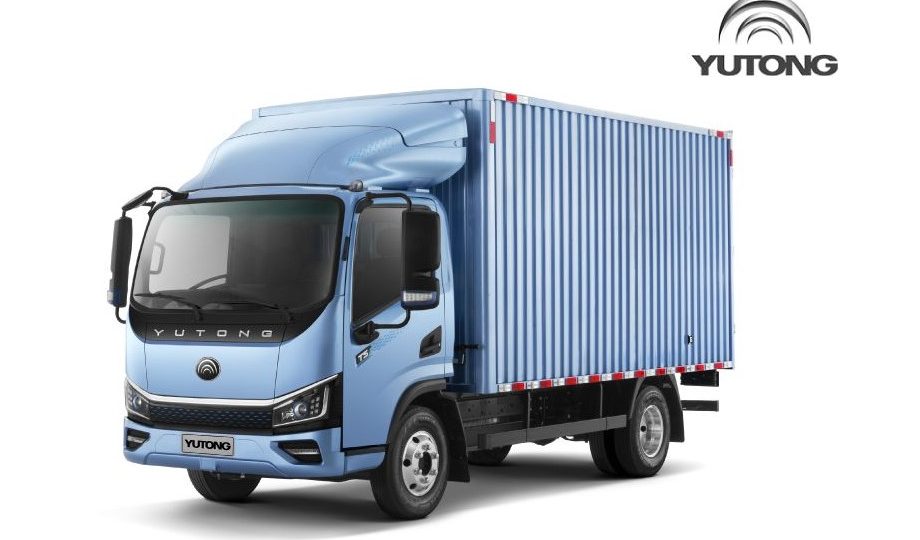Bosch Rexroth at SMM: Rineer heavy-duty vane motors
At the SMM Hamburg, Bosch Rexroth presented the Rineer vane motor series, which was previously used primarily in North America, and is now available worldwide.
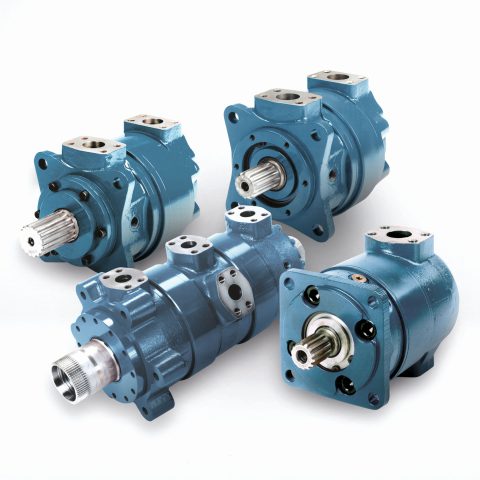
At the SMM we saw the Rineer vane motor series from Bosch Rexroth, which was previously used primarily in North America, and is now available worldwide. The series offers the highest power density with maximum torque as well as the robustness even under the most adverse climatic conditions and high dirt loads. The vane motor makes only low demands on oil cleanliness. In the U.S., the motors have primarily been used in maritime and offshore applications, but they are also used in oil and gas production and numerous other heavy-duty applications.
Rineer motors are particularly robust and provide continuously high starting and stalling torques right from the start. Working vanes in the rotor create uninterrupted output torque regardless of angular position, while sealing vanes in the stator create an effective seal between the high- and low-pressure sections. This allows users to utilize maximum torque even at very low rotations. At the same time, the motor enables maximum speeds and full torque on a continuous basis. Frequent and fast start/stop sequences as well as direction changes are possible at any time without mechanical wear. As a result, the Rineer vane motor from Bosch Rexroth offers a long service life with maximum availability.
The motor family comprises four series consisting of more than 70 displacement variants and covers a torque range from 248 Nm to 18.718 Nm. Due to their design, the economic motors achieve an optimum power-to-weight ratio with very high power density and lower noise emissions. The compact direct drive can replace otherwise necessary gearboxes due to the wide torque and speed range and requires fewer components than conventional solutions. A variety of optional features, including bearing options to handle application loads, make Bosch Rexroth’s Rineer one of the most versatile hydraulic motors available.
Many years of application experience in North America demonstrate the extreme robustness of Rineer motors, even under the most adverse climatic conditions and high dirt loads. They are frequently used in the maritime sector, for example for winches, as well as in the offshore industry in jack-up and drilling applications. The vane motor is insensitive to oil contamination. Optionally, air, water or drilling fluid can even be fed through a hollow shaft in the motor without contaminating the fluid.
“Spotlight On New Technology Award” goes to Bosch Rexroth
The “Spotlight On New Technology Award” from the Offshore Technology Conference (OTC 2022) recognizes the Subsea Valve Actuator SVA R2 as a disruptive innovation of Bosch Rexroth for a quantum leap in minimizing the carbon footprint of subsea oil and gas production. It can replace currently used hydraulics completely, increasing the energy efficiency, and reducing environmental risks for sensitive subsea ecosystems. The SVA R2 fits in the envelope of hydraulic cylinders in existing use, offers field-proven safety, open interfaces and low voltage supply. Qualified for up to 4,000 m water depth, the SVA R2 reduces CAPEX and OPEX in existing and new subsea installations.
